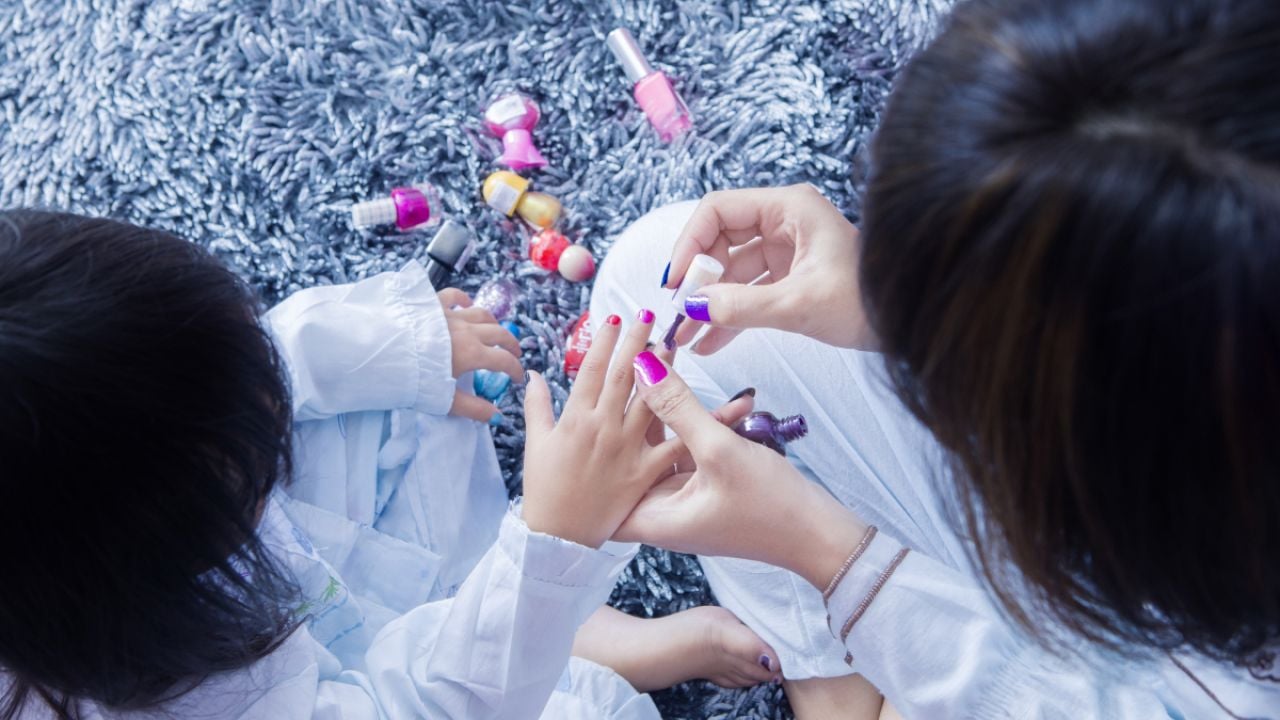
Exposure to phthalates is widespread in the U.S., with more than three in four adults having detectable levels of the chemicals in their urine. And now a new study suggests an association between childhood exposure to phthalates and increased risk of cancer.
The study, by Danish and American scientists and published in the Journal of the National Cancer Institute, analyzed exposure by tracking the use of medications, among pregnant women and children up to age 19, in which phthalates were used as ingredients.
Phthalates are used as a coating to help direct doses to a specific area in the gastrointestinal system or delay release. People who take medications containing phthalates have a body burden up to 50 times higher than those with only environmental exposure to the chemicals.
The new study is the most comprehensive of its kind, and the first to examine the connection between gestational and childhood exposure to phthalates and childhood cancer. It analyzed ingredients and filled prescription records of almost 1.3 million live births over 20 years. Of them, 2,027 cases of childhood cancer were diagnosed during follow-up.
Phthalates are a family of chemicals that disrupt the hormonal system. They may harm the developing brain, which can cause difficulty with learning and attention and behavioral disorders. They have also been linked to changes in hormone levels, harm to the male reproductive system, obesity, diabetes and thyroid irregularities.
Phthalates can be found in a wide range of consumer and industrial products, including toys, food storage containers, plastic of all kinds, construction materials, furniture, personal care products and clothing. In consumer products, they can hide in thousands of different chemicals under the vague term “fragrance.” Because they don’t chemically bind to the materials they’re added to, they can leach from products, which leads to widespread exposure.
The National Health and Nutrition Examination Survey, by the National Center for Health Statistics within the Centers for Disease Control and Prevention, has established the oft-cited fact that about 75 percent of U.S. adults have detectable phthalates in their urine.
The new study found a positive association between exposure to any phthalate during childhood and osteosarcoma, a rare type of bone cancer with a 20 to 40 percent fatality rate if it has not spread. The researchers suggest “that endocrine disruption by phthalates could increase osteosarcoma risk. This association is also consistent with evidence linking phthalate exposure with early onset of puberty, which has in turn been linked with osteosarcoma.”
The researchers also found an association between phthalate exposure and lymphoma, but they noted this finding requires further study.
Exposure to any kind of phthalate in childhood was connected with about a 20 percent higher incidence risk for any cancer in childhood, according to the study.
One area of further research is which phthalates increased the cancer risk and how much a person can avoid exposure to them and, in childhood, reduce or avoid the risk of cancer.
But phthalates should not be legal to use as an ingredient in the first place. The authors noted that every medication was available in a phthalate-free version and exposure was likely random – due only to what was available at the pharmacy at the time a prescription was filled. Our chemicals regulatory system is broken and needs to be fixed so it protects public health.
In the meantime, it’s possible to minimize your exposure to phthalates in consumer products. Among other things, avoid heating food in plastic containers, skip fast food, and consult EWG’s Skin Deep® cosmetics database and Guide to Healthy Cleaning to find personal care and cleaning products free from phthalates and undisclosed fragrance.



